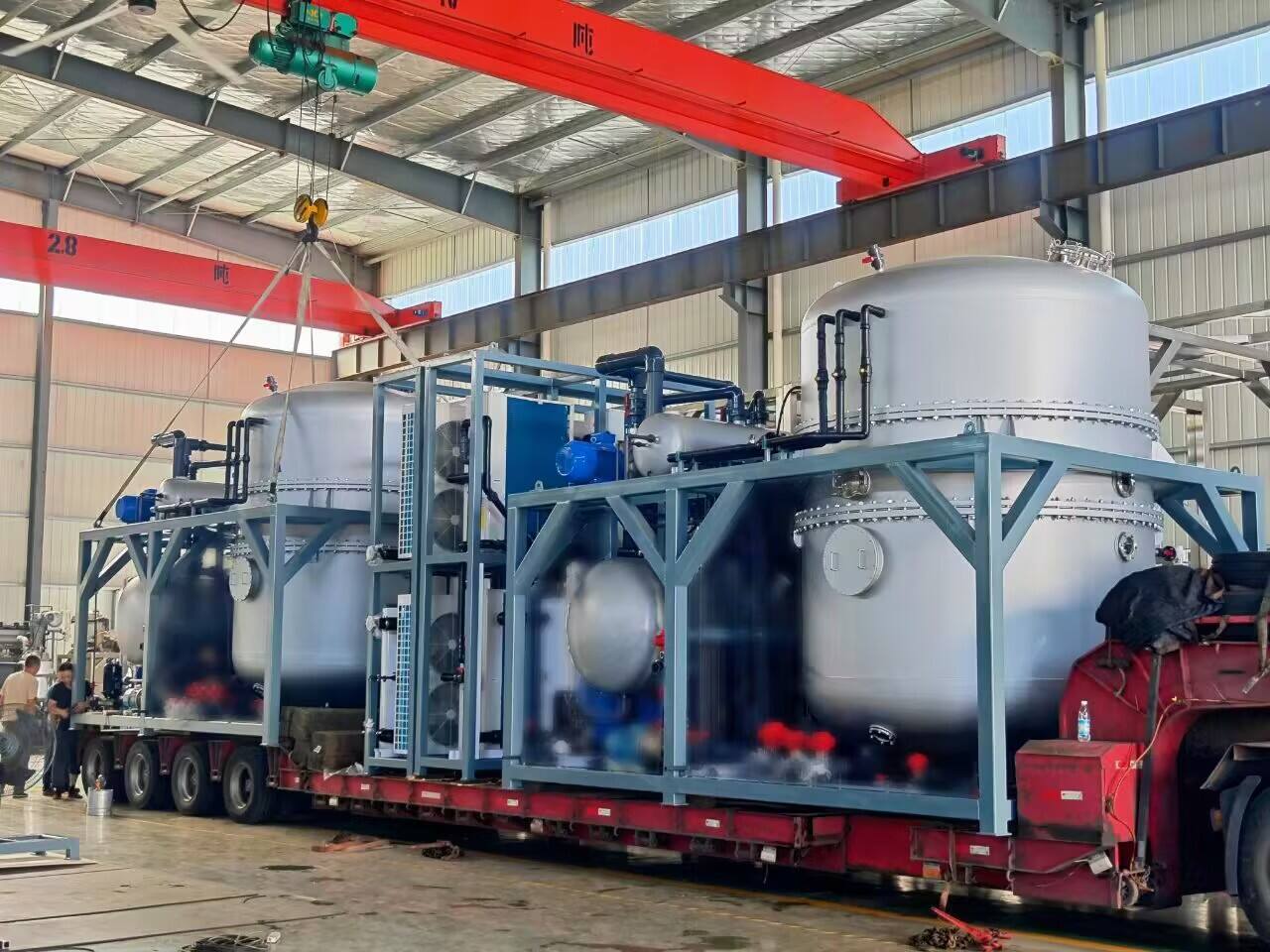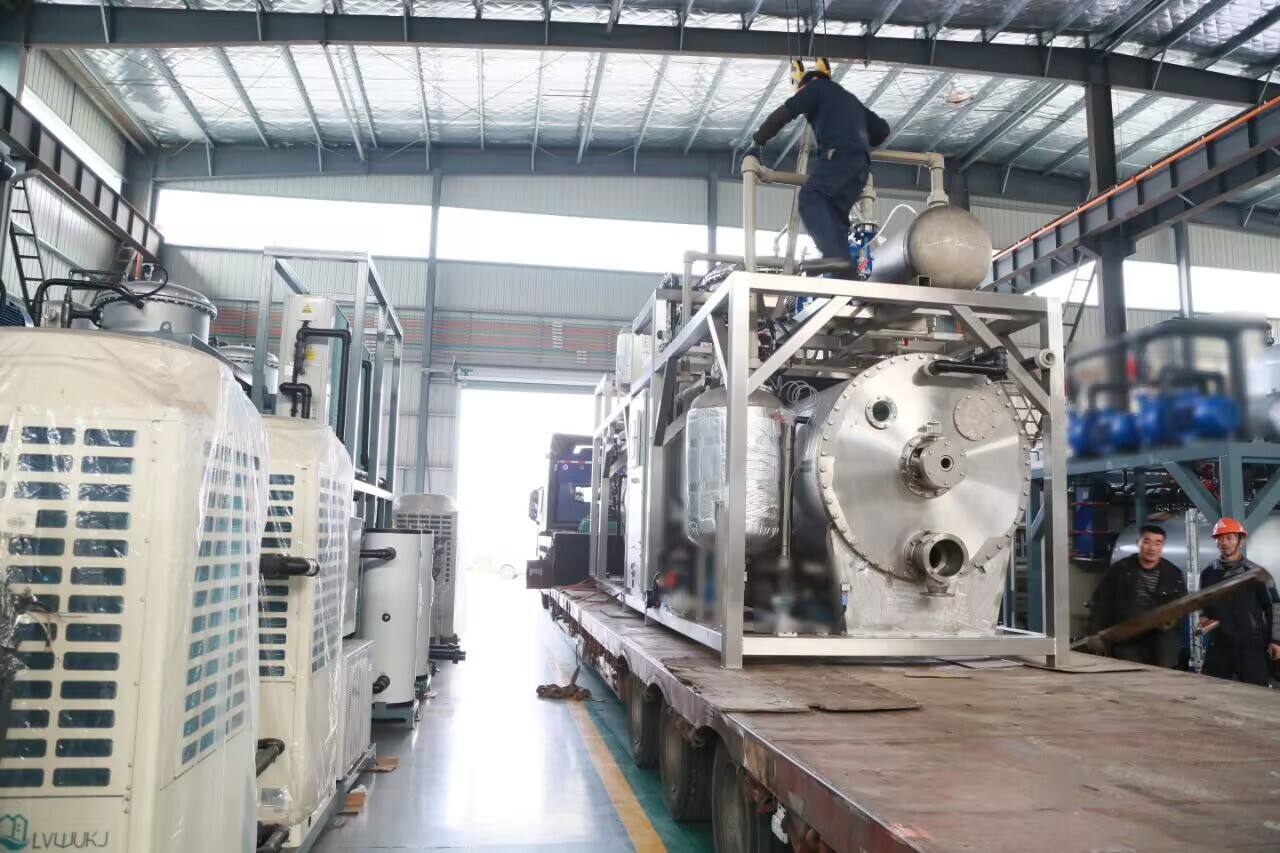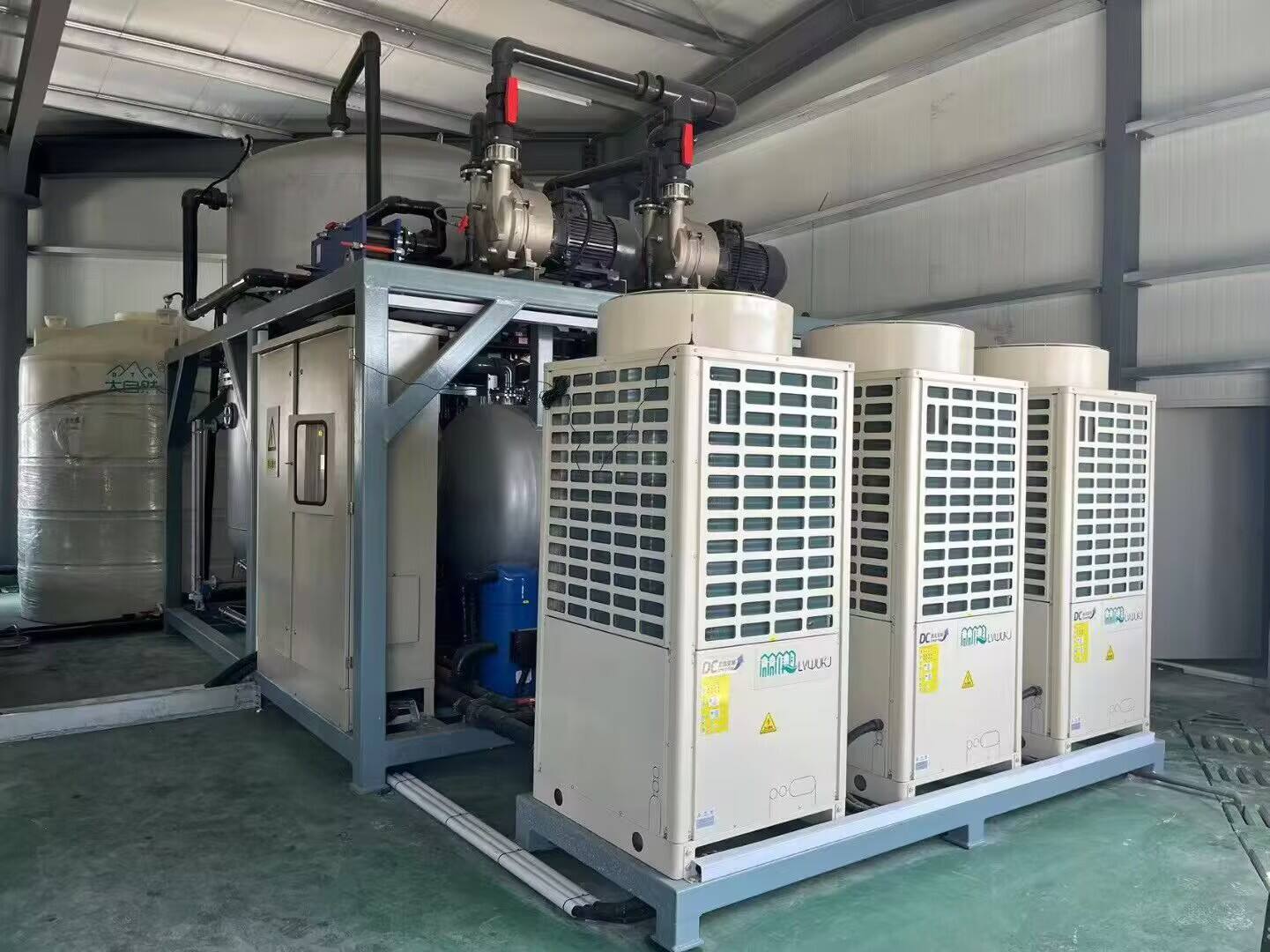low temperature crystallization process
Low temperature crystallization is an advanced industrial process that enables the formation of crystals at temperatures significantly below conventional crystallization methods. This sophisticated process involves carefully controlling temperature, pressure, and concentration parameters to achieve optimal crystal growth conditions. The process typically operates between -20°C and 10°C, allowing for the formation of high-quality crystals with specific properties. During the process, a supersaturated solution is gradually cooled under precise conditions, promoting nucleation and controlled crystal growth. The technology incorporates advanced cooling systems, precise temperature monitoring equipment, and automated control mechanisms to maintain consistent conditions throughout the crystallization period. This process finds extensive applications across various industries, including pharmaceuticals, fine chemicals, and food processing. In pharmaceutical manufacturing, it's particularly valuable for producing pure active pharmaceutical ingredients (APIs) with specific polymorphic forms. The food industry utilizes this technology for sugar refinement and the production of specialty ingredients. The process also plays a crucial role in the separation and purification of chemical compounds, offering enhanced selectivity and yield compared to traditional crystallization methods. Modern low temperature crystallization systems often feature integrated filtration and washing capabilities, enabling continuous operation and reducing manual intervention requirements.


